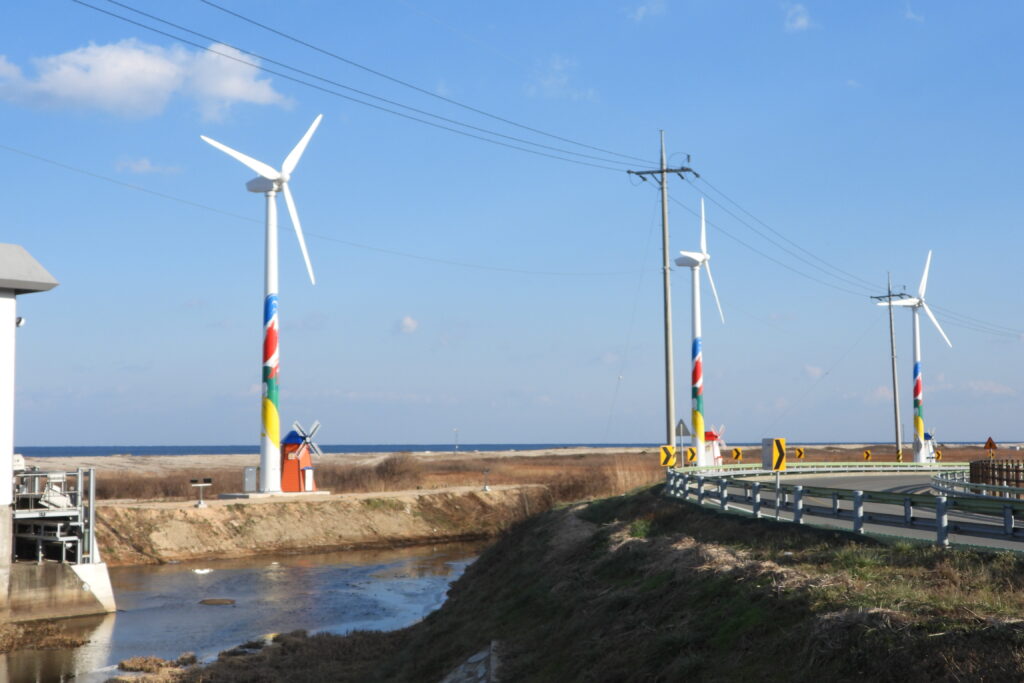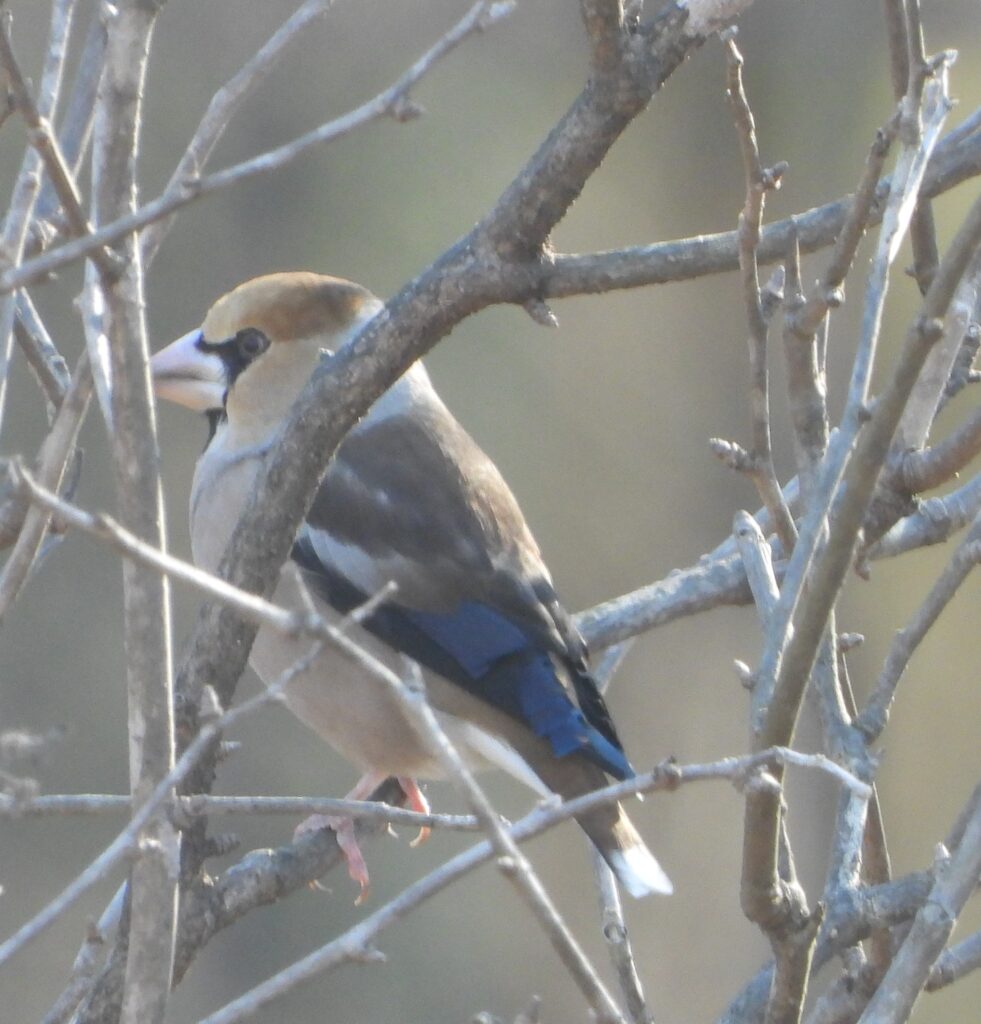Prof. Dr. Amaël Borzée (Nanjing Forestry University) and Prof. Dr. Bernhard Seliger (Hanns-Seidel-Foundation, Birds Korea)
A pleasant two-day survey highlighted by discussion about future projects regarding the ecology of Korea. However, also sadly once more showing the precariousness of Korea´s habitats practically everywhere in the country. Goseong is the northernmost and easternmost county of South Korea, and it is roughly divided in half by the DMZ. Old Goseong lies in the North, close to the famous Geumgang (North: Kumgang) mountains. South Goseong also has its attractions, mountains (Seorak Mountain range, merging with Geumgang mountains in the North), lagoon lakes (in particular Seongjiho and Hwajinpo), and the seaside.

Goseong for a long time has been famous for excellent views of seabirds. While it is still good to go there, recently it became much more difficult to see the birds. In former times, due to the political threat of North Korea, which in past had landed submarines along the East Coast, a fence prohibiting people from roaming the beach had been set for 100 km southward from the border. Only in tourist places in the summer the beach was opened, but most of the time it was closed. This gradually relaxed, but in the last two years, in most places the fence has been completely removed. This basically good decision had had an adverse side effect – often, from very early morning people roam the beaches, many of them harvesting whatever shells or seafood they find among the rocky parts of the coast. But these were the places where formerly very close views (through a fence) of scoters, loons and other seabirds, were possible. All this is gone now. In our whole trip along the Goseong coastline, in one place only we found twenty Stejneger´s Scoters, and no American Scoters, formerly regular visitors. Harlequin Ducks were still seen at some rocky patches of the beach, but also loons and auks were almost completely absent. Among other birds, the most obvious were all kinds of gulls, as well as Pelagic Cormorants, together with Temminck´s and Great Cormorants, as well as Great Crested Grebes, which are fairly frequent all along the coastline. In early morning, there was a short view of four probable Brant Goose flying by the excellent January Pension, still the best place to do armchair birdwatching from your hotel room.




At Hwajinpo lagoon, the best areas – small patches of reeds and swamp – have been “improved” to wetland parks, with year-by-year more and larger walkways, often very broad and filled with broken stone, thereby reducing natural habitat further. Among the few bird species there, a late Spotted Redshank was unexpected – not sure, what brought this bird to Hwajinpo at this time of the year! Also, a Brown-cheeked Rail (or Eastern Water Rail) could be distinctly heard, but not seen at the lakeside.


For variety´s sake, a short trip to Geonbongsa (temple) was included, a lovely area with a small mountain river with Brown Dippers, and large trees hosting Eurasian Nuthatches, a few (and not at all vocal) woodpeckers, a single Dusky Thrush, Hawfinches and buntings.


A complete list of birds can be found at eBird:
Ajajin port: https://ebird.org/checklist/S123780201
Ganseong Namcheon : https://ebird.org/checklist/S123780496
Ganseong Bukcheon : https://ebird.org/checklist/S123780831
Daejin port (6.12.) : https://ebird.org/checklist/S123781171
Daejin port (7.12.) : https://ebird.org/checklist/S123781321
Myeongpa Beach : https://ebird.org/checklist/S123781718
Hwajinpo Lake: https://ebird.org/checklist/S123782387
Geonbongsa: https://ebird.org/checklist/S123782746
Seongjiho Lake: https://ebird.org/checklist/S123783012
